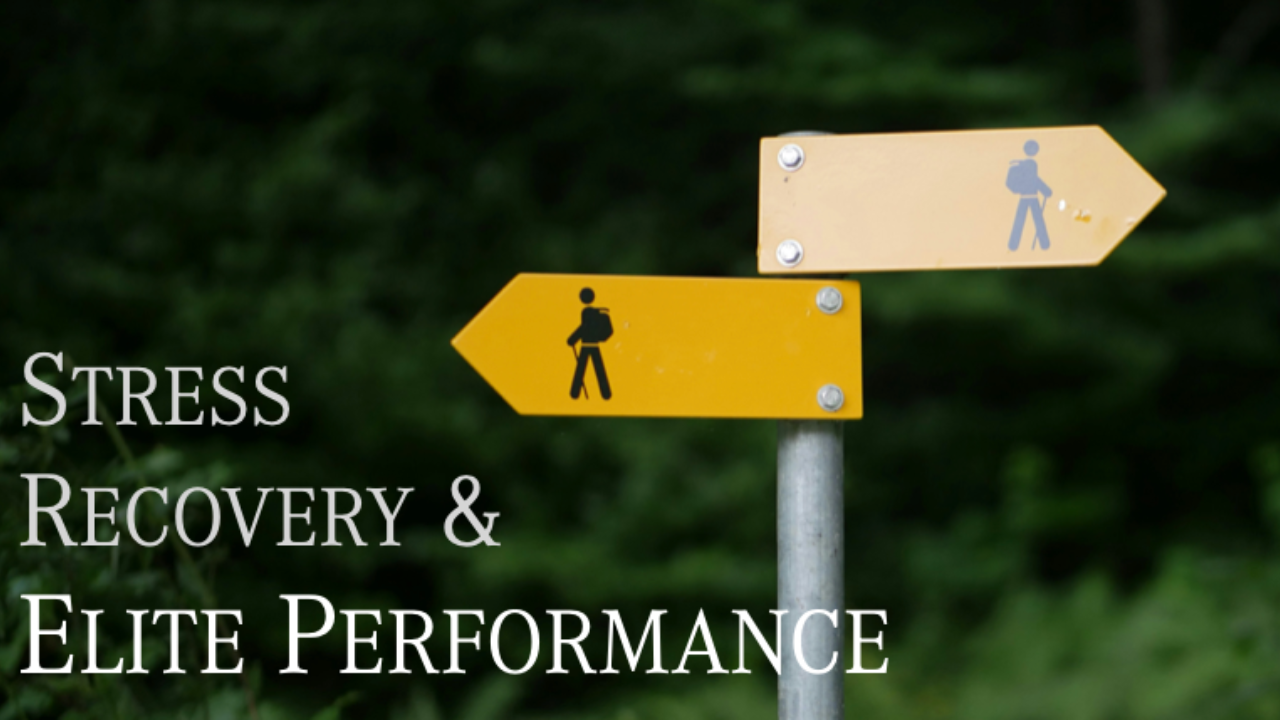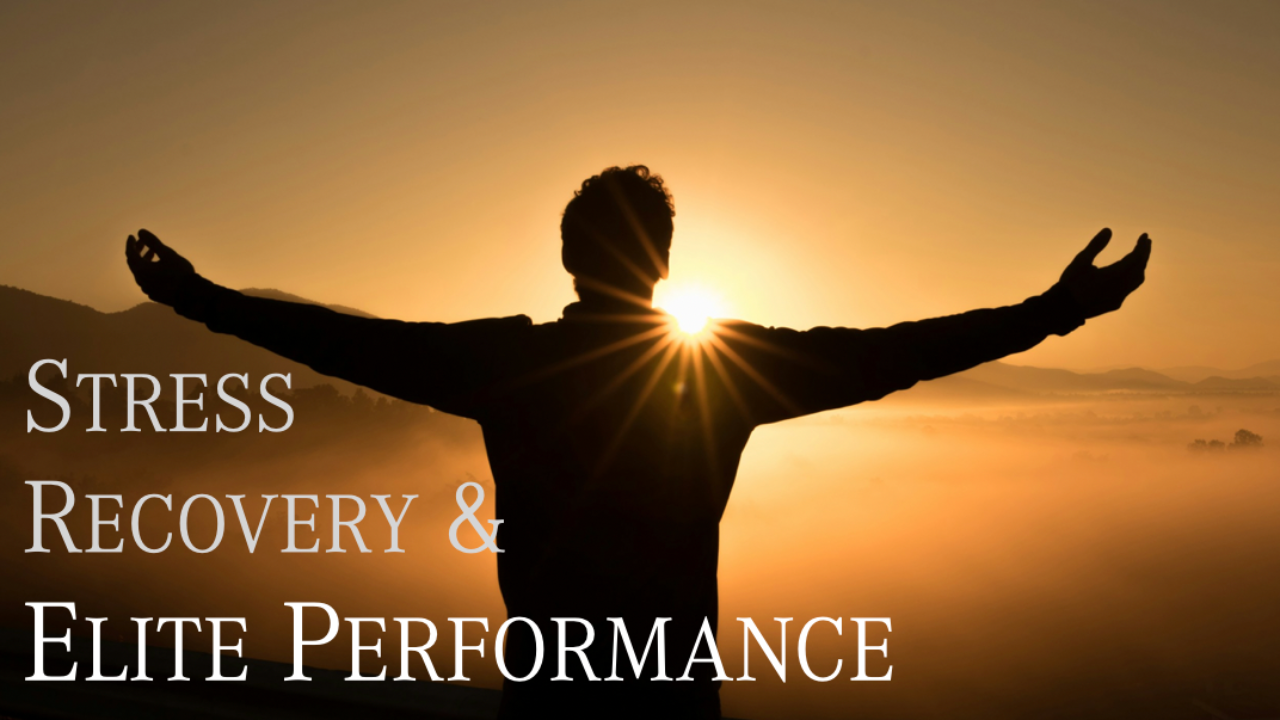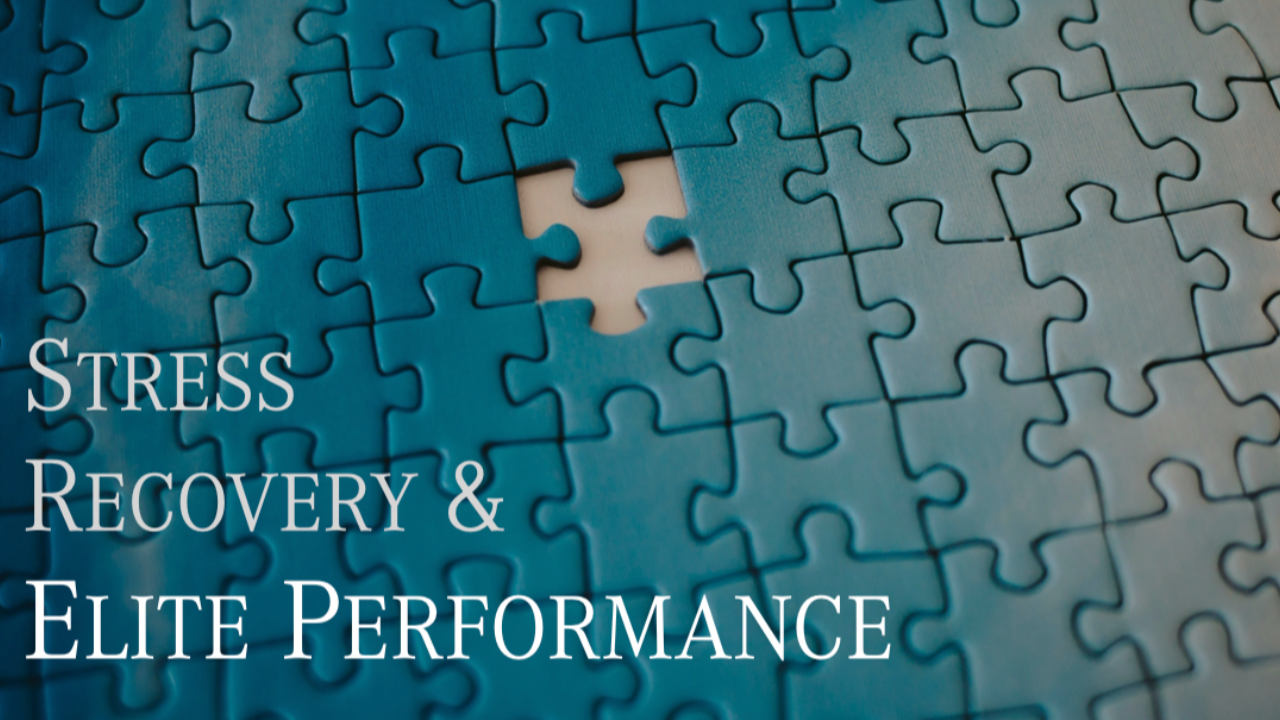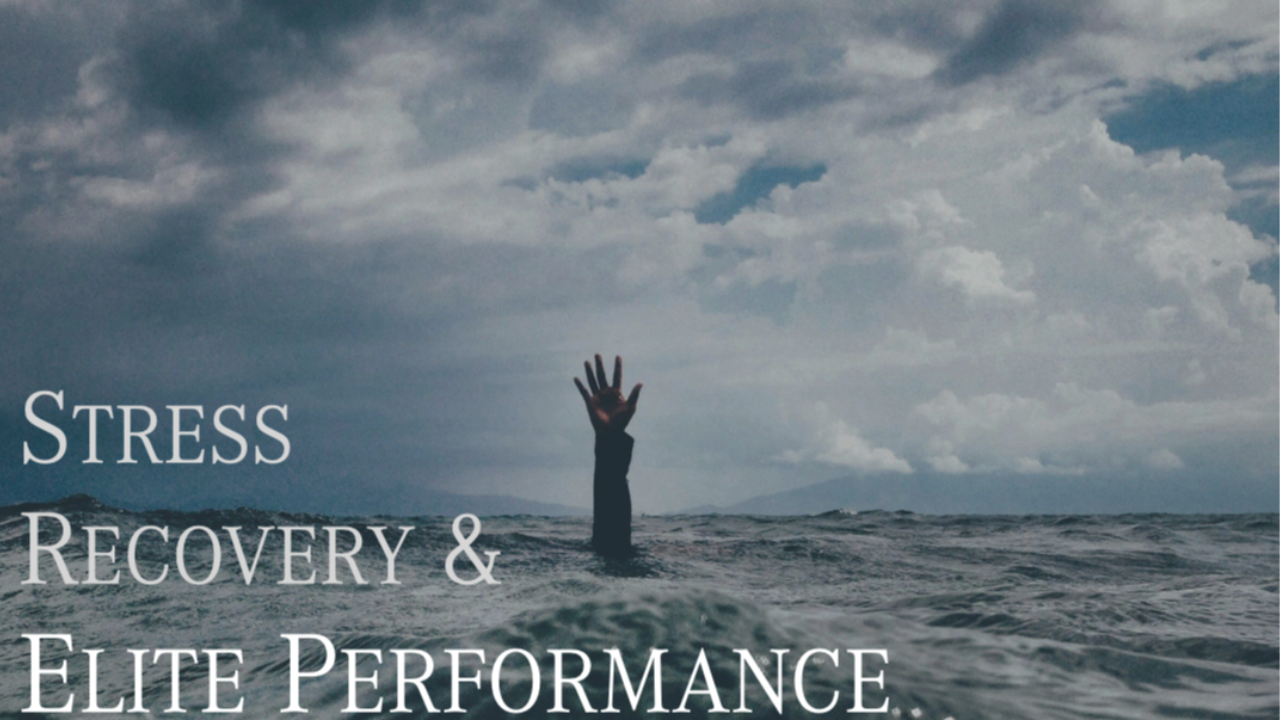Don't Train Decision-Making to Improve Decision-Making
Oct 29, 2025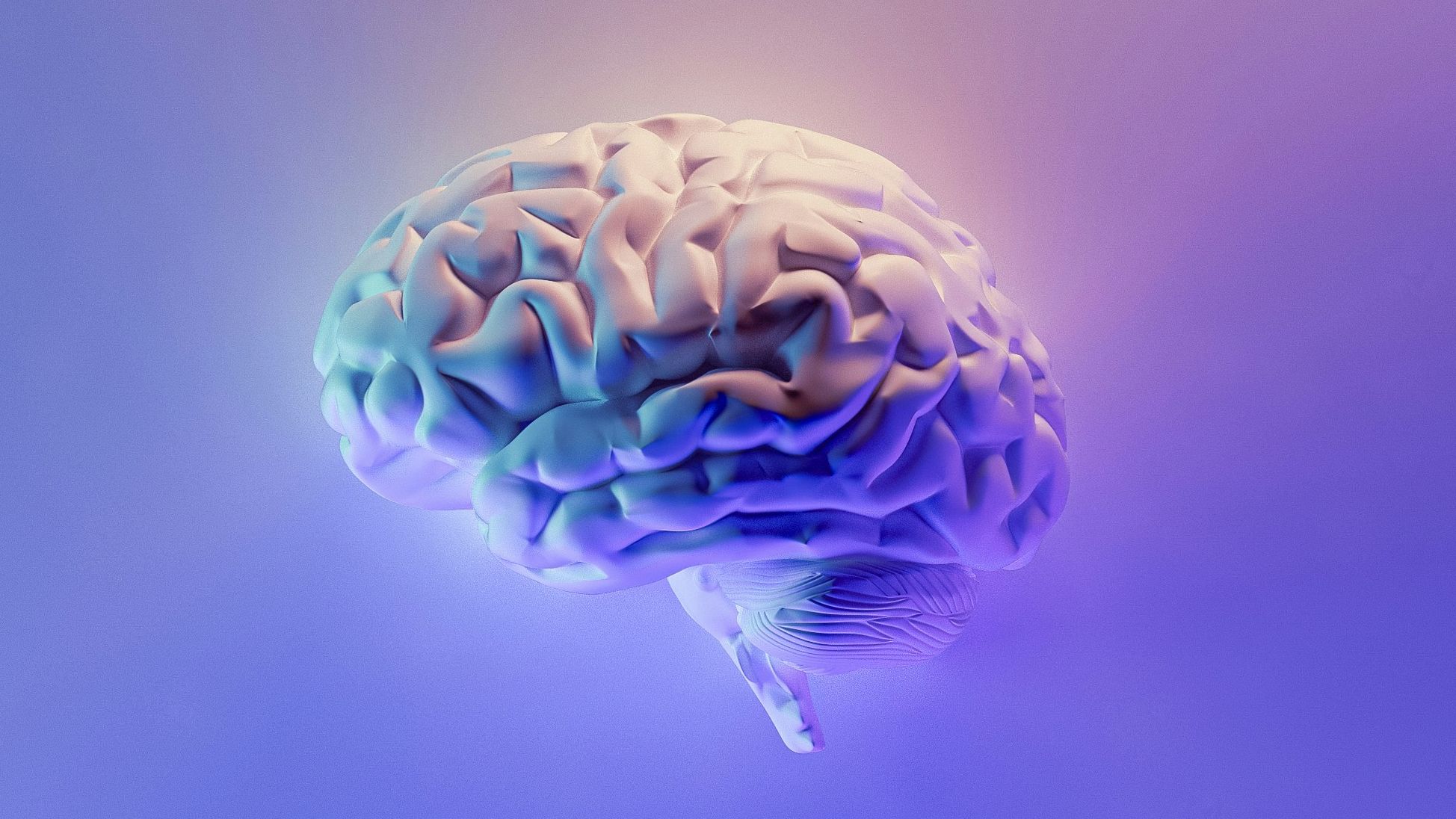
Elite performers don't actually 'decide.'
They don't have time.
You can't decide your way through a penalty kick when 80,000 fans are screaming and the championship hangs on your next move.
The striker has maybe 400 milliseconds from the moment the goalkeeper commits to when the ball leaves his foot.
That's not enough time for conscious decision-making. Not even close.
Yet somehow, elite performers consistently make the right call in these moments.
Most people think they're making faster decisions.
That's wrong.
They're acting on intuition.
And here's what almost everyone misses: intuition is built on emotion.
What Actually Happens in High-Pressure Moments
Working with championship athletes and special operations units taught me something that most leadership development completely ignores:
Elite performers act on instinct. Instinct emerges from intuition. And intuition is fundamentally emotional.
Not rational. Emotional.
This isn't about "trusting your gut" or "following your feelings."
It's about understanding that emotion is the computational mechanism that enables instantaneous pattern recognition under pressure.
When a quarterback reads a defensive formation in the 2.5 seconds before the snap, he's not analyzing.
His brain is pattern-matching thousands of previous plays, constructing an emotional response that feels like "throw here, now."
That feeling is information compressed for speed.
And it's trainable.
I know—because I've asked them.
Frank Gore didn't analyze running gaps. He felt where to go.
Steven Gerrard didn't analyze defenders before that volley. He felt how to react.
George North didn't have time to study the defense before side-stepping. He felt what to do.
Every single one described it the same way: feelings, not thoughts.
The Soviet Scientists Who Figured This Out First
Long before modern neuroscience caught up, Soviet space scientists and sports researchers in the 1960s understood something critical:
Emotion was the foundation of rapid response capability.
They called it functional reserve.
Roman Baevsky and his team at the Institute of Biomedical Problems were trying to keep cosmonauts alive in conditions humans had never experienced.
They needed to predict when someone's systems would fail before symptoms appeared.
More importantly—they needed cosmonauts who could respond instantaneously to life-threatening situations.
They couldn't wait for analytical decision-making.
They needed automatic responses driven by what they recognized as emotional-physiological integration.
Baevsky's team measured heart rate variability, respiratory dynamics, and autonomic nervous system responses. But they weren't just tracking physical capacity.
They were quantifying the emotional-somatic system's ability to respond instantaneously when demands spiked.
Functional reserve captured something specific:
Your nervous system's available capacity for immediate deployment under stress.
Not just your metabolic balance—your emotional readiness to act without conscious deliberation.
The Soviets understood that training cosmonauts and elite athletes meant training their emotional responses.
Systematic stress exposure wasn't just physical conditioning.
It was emotional conditioning that built the intuitive capacity for split-second action.
They proved three things:
- You could measure it
- You could train it
- You could predict performance from it
This wasn't theory. This was operational methodology tested in the most extreme environments humans had ever encountered.
Modern Neuroscience Confirms What the Soviets Knew
Decades later, Lisa Feldman Barrett's research on emotion provides the mechanistic explanation for what Soviet scientists had already operationalized.
Barrett demonstrated that emotions aren't reactions to what happens—they're predictions your brain constructs to guide immediate action.
Your brain is constantly running what she calls a "body budget"—managing metabolic resources to keep you alive and capable.
Every sensation from your body gets processed through past experience to create an emotion that tells you what to do next.
Not what to think about. What to do.
Barrett's work is valuable.
It explains the mechanism with precision that wouldn't have been possible in the 1960s.
But the Soviets had already built the training systems based on this understanding thirty years earlier.
The critical insight both reveal:
Emotion is how your brain compresses thousands of experiences into instantaneous guidance.
That's intuition.
And both proved—independently, decades apart—that it's trainable.
What Everyone Misses About Intuition
Here's the breakthrough most leadership development ignores entirely:
Intuition is emotional, and emotion is trainable.
When executives talk about "developing better intuition," they treat it like a mystical quality some people have and others don't.
Or they focus on pattern recognition without understanding what drives it.
They miss that intuition emerges from trained emotional responses.
Emotions aren't just feelings to manage or suppress.
They're your brain's fastest computational output—pattern recognition compressed into immediate guidance for action.
When Frank Gore read a defensive formation, his "feeling" about where to go wasn't mystical.
It was his emotional system processing thousands of previous plays and outputting an instantaneous response.
When Satya Nadella sensed Microsoft needed to pivot to cloud-first in 2014, analysts called it premature.
They were still analyzing market data.
His emotional pattern recognition—built through decades of platform architecture experience—drove action before conscious deliberation caught up.
Microsoft's cloud revenue now exceeds $100 billion annually.
That wasn't luck.
That was trained emotional intuition.
Most people miss this completely.
They think emotion interferes with good decision-making. They try to set emotions aside and "think rationally."
That works when you have time.
Elite performance happens too fast for rational analysis.
You need emotional responses trained to recognize patterns and drive optimal action instantaneously.
This is what everyone gets wrong about emotions in high performance.
Emotion as Compressed Intelligence
Here's what separates this from "trusting your gut."
Emotions in elite performance aren't random feelings. They're your nervous system's fastest computational output, built from pattern recognition across thousands of previous experiences.
Barrett explains the mechanism: your brain receives constant sensory input from your body—interoception—and uses past experience to construct an emotional response that tells you what those sensations mean and what to do about them.
Fast.
The Soviets proved you could train this system. Systematic exposure to high-demand situations, immediate feedback, adequate recovery. The emotional-physiological system learns to recognize patterns and respond optimally without conscious deliberation.
This is why the best performers describe their critical decisions as feelings, not thoughts.
The Problem with Modern Leadership Training
Most leadership development makes a fundamental error: it treats emotion as something to manage or suppress rather than train.
"Don't make emotional decisions." "Set feelings aside and think rationally." "Separate emotion from logic."
This ignores how elite performance actually works.
The critical moments—the ones that determine outcomes—happen too fast for analytical decision-making. You need emotional responses trained to recognize patterns and drive optimal action instantaneously.
That's not eliminating emotion. That's training it.
The Soviets understood this. Their cosmonaut and athlete training programs deliberately built emotional-physiological capacity through systematic stress exposure. They weren't teaching people to suppress emotion. They were training their emotional systems to respond optimally under pressure.
Modern leadership training teaches decision-making frameworks. Systematic analysis. Gathering complete information before choosing.
That works when you have time.
Elite performance rarely has time.
The executives I work with who operate at the highest level do both. They analyze extensively during preparation. They've exposed themselves to thousands of scenarios through systematic experience-building.
But that experience-building isn't just intellectual. It's emotional training.
Then when the moment hits, they trust their trained emotional intuition to drive action before conscious deliberation completes.
Training Emotion to Build Intuition
This changes everything about how you develop capability.
Barrett's research shows your brain constructs emotions based on past experience, cultural learning, and current context.
Which means emotions aren't fixed—they're built.
The Soviets proved you can train emotional-physiological systems through systematic stress exposure.
Put someone in high-demand situations repeatedly. Give them immediate feedback. Ensure recovery between exposures.
Their emotional system learns to recognize patterns and respond faster and more accurately.
This is how you build intuition.
Not by trying to think faster.
By training your emotional responses until optimal action becomes automatic.
Here's how this applies to business leadership:
Stop treating emotion as something to suppress.
Your emotional system is the computational mechanism behind intuition. Train it, don't fight it.
Every time you tell yourself "don't be emotional, think rationally," you're actively undermining your capacity for rapid response under pressure.
Increase pressure exposure frequency.
One high-stakes negotiation per quarter doesn't build emotional intuition.
Weekly exposure to complex, time-constrained decisions does.
The Soviets understood this: frequency matters more than intensity. Repeated exposure to moderate stress builds capacity. Occasional exposure to extreme stress just depletes it.
Compress feedback loops.
You need to know immediately whether your instinctive emotional response was optimal.
Delayed feedback doesn't train intuition.
This is why championship teams review game film within 24 hours. Why special operations units debrief immediately after exercises. The emotional pattern recognition system requires rapid feedback to refine its predictions.
Build emotional pattern libraries through varied scenarios.
Elite performers recognize patterns across contexts because their emotional systems have been exposed to thousands of variations.
Don't just practice the same high-stakes scenario repeatedly. Vary the conditions, the stakeholders, the time constraints. Your emotional system needs diversity to build robust pattern recognition.
Track your emotional-physiological responses.
Heart rate variability. Decision speed under pressure. Recovery time after high-stress events.
These metrics tell you if your emotional capacity is expanding or depleting.
Baevsky's team proved in the 1960s that you could quantify functional reserve through autonomic nervous system measures. We now have the technology to track this continuously.
The reason most executives make worse decisions under pressure isn't lack of intelligence.
It's untrained emotional intuition.
They've never deliberately built the emotional-physiological capacity to recognize patterns and act decisively when time compresses and stakes escalate.
Why This Matters More Than Ever
Your competitive environment is accelerating.
Market shifts that used to unfold over years now happen in quarters.
Competitor moves that gave you months to respond now demand immediate action.
The advantage doesn't go to whoever analyzes best.
It goes to whoever has trained emotional intuition sophisticated enough to drive optimal action when time compresses.
When your competitor is still gathering data, you're already three moves ahead.
Not because you're smarter.
Because your emotional system recognized the pattern and drove action before their analytical process completed.
This is what I observed coaching elite teams across multiple championship environments.
The best didn't have better analytical frameworks.
They had trained emotional intuition driving faster, more accurate instinctive responses.
Different operating system entirely.
Even NFL head coaches and international rugby coaches get criticized for "ignoring" analytics and relying more on instinct and intuition.
But that criticism only comes from people who don't understand the power of emotions and pattern matching.
The coaches who win championships understand something the analysts miss:
There's a time for analysis and a time for trained intuition.
Elite performers know the difference.
The Integration That Creates Excellence
Barrett's work explains the mechanism:
Emotions are constructed predictions that drive action based on past experience.
Baevsky's work—thirty years earlier—provided the framework and proved it was trainable:
Functional reserve is the emotional-physiological capacity available for immediate deployment under stress.
Elite performance integrates both.
You build emotional capacity through systematic exposure to pressure situations.
Your brain constructs increasingly sophisticated emotional patterns from those experiences.
Your intuition—your ability to recognize patterns and act optimally without conscious deliberation—expands.
The executives and athletes operating at the highest level understand this intuitively.
They don't talk about decision-making in critical moments.
They describe feelings, instincts, trained intuition.
Because that's what actually drives performance when it matters most.
Your next leadership challenge isn't building better analytical capabilities.
It's training the emotional responses that build intuition sophisticated enough to guide optimal action before conscious thought catches up.
Different job.
Different training.
Different measurement.
Most leaders treat emotion as something to manage.
Elite performers train it as the foundation of intuition.
That's the difference.
References:
-
Barrett, L.F. (2017). How Emotions Are Made: The Secret Life of the Brain. Houghton Mifflin Harcourt.
-
Baevsky, R.M., et al. (2002). "Method for Determining the Functional Reserves of the Regulation of the Cardiorespiratory System." Institute of Biomedical Problems, Russian Academy of Sciences.
-
Baevsky, R.M. (1979). Forecasting States on the Verge of Norm and Pathology. Moscow: Medicine.
-
Baevsky, R.M., et al. (2007). "Autonomic cardiovascular and respiratory control during prolonged spaceflights aboard the International Space Station." Journal of Applied Physiology, 103(1), 156-161.

